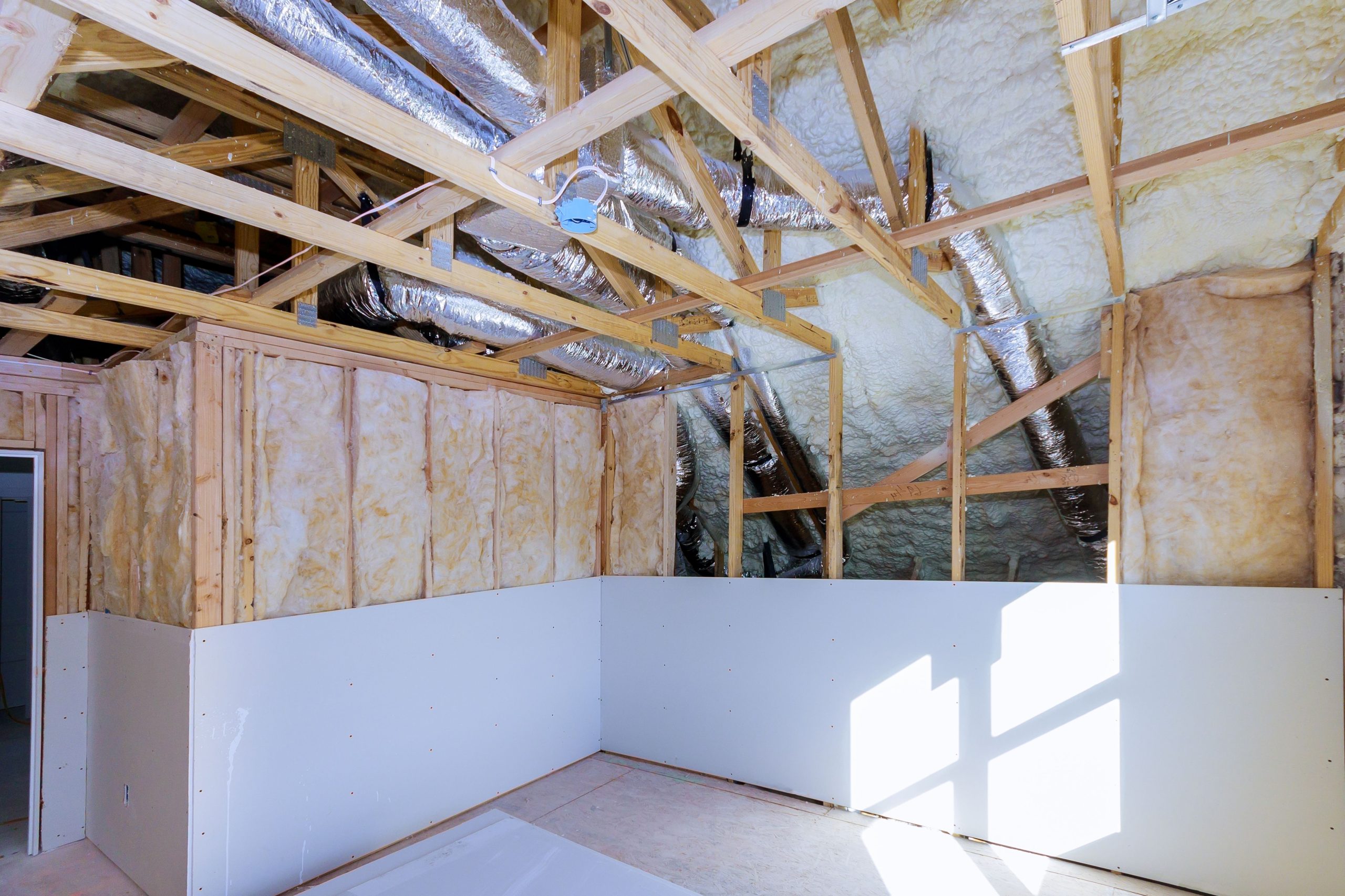Why Blow-In Wool Insulation is Perfect for Hard-to-Reach Areas
30 October 2024
Blow-in wool insulation is ideal for hard-to-reach areas, offering cost and eco-friendly benefits. Choose D&D Insulation Services for your insulation needs.
Blow-in wool insulation offers a practical solution for insulating hard-to-reach spaces in both residential and commercial buildings. Unlike traditional insulation methods that often require extensive work and disruption, this type of insulation can seamlessly cover areas that are challenging to access. Let’s explore why blow-in wool insulation is particularly effective for these tricky spots, its applications, and its environmental and cost benefits.
What is Blow-In Wool Insulation?
Blow-in wool insulation is a type of loose-fill insulation made primarily from recycled wool or sheep’s wool. The material is processed into a fibrous form and then blown into spaces using specialised equipment. This method allows the insulation to settle into every nook and cranny, creating a continuous and effective barrier against heat loss and sound transmission. Unlike batts or rolls of insulation, blow-in wool conforms to the shape of the space it’s applied to, making it ideal for irregular or difficult-to-reach areas.
Applications in Various Hard-to-Reach Areas
Blow-in wool insulation’s unique properties make it ideal for insulating areas that are typically difficult to access or insulate effectively using traditional methods. Here’s how it performs in various challenging spaces:
• Attics and Roof Spaces – Attics often have irregular shapes, low clearances, and obstacles like trusses or ductwork. Blow-in wool insulation easily navigates these complexities, providing uniform coverage across the entire attic floor. It can be applied over existing insulation to boost overall thermal performance and fill gaps where heat loss commonly occurs.
• Wall Cavities and Behind Fixtures – For existing walls without adequate insulation, blow-in wool offers a non-invasive solution. Small holes are drilled into the wall, allowing the insulation to be blown into the cavity. This method is particularly useful for insulating around electrical outlets, plumbing fixtures, and other wall-mounted elements without the need for extensive demolition.
• Floor Spaces and Crawl Spaces – Underfloor areas and crawl spaces often have limited access and irregular dimensions. Blow-in wool insulation can be easily directed into these tight spaces, creating a barrier against heat loss through the floor. It’s especially effective in older homes with pier and beam foundations, where traditional insulation methods may be impractical.
Environmental and Cost Benefits
Beyond its practical applications, blow-in wool insulation offers significant advantages in terms of sustainability and long-term cost savings:
• Sustainable Choice – Wool is a renewable resource that requires less energy to produce compared to synthetic insulation materials. It’s biodegradable and can be recycled at the end of its life cycle, making it an environmentally responsible choice. Additionally, wool naturally absorbs and releases moisture without losing its insulating properties, contributing to a healthier indoor environment.
• Cost-Effectiveness – While the initial cost of blow-in wool insulation may be higher than some alternatives, its long-term benefits often result in significant savings. The superior insulating properties of wool can lead to reduced energy consumption for heating and cooling, translating to lower utility bills. The ease of installation in hard-to-reach areas also means less labour time and potential for future repairs, further enhancing its cost-effectiveness over time.
For those considering insulation upgrades, D&D Insulation Services offers comprehensive solutions, including blow-in wool for all types of thermal and acoustic batt insulation needs. Get in touch with us to learn how we can help with your next insulation project.
Optimized by: Netwizard SEO

